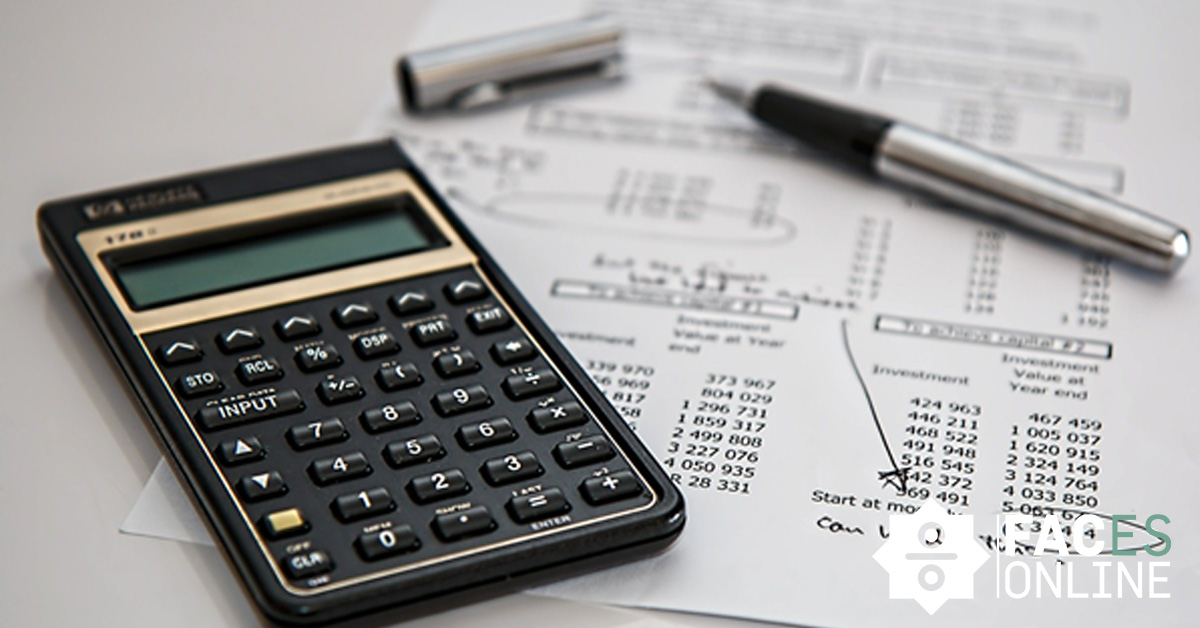For the Dutch version, click here
As an investor, you obviously want to make a return on your investments. Due to laws & regulations, taxes will have to be paid. But what about investing and paying taxes? In this article I will explain the ins and outs of the tax system in the Netherlands.
Tax system in the Netherlands
The Netherlands has a tax system whereby you pay taxes based on the total amount of your assets. This taxation takes place through a certain system of capital tax, called the “vermogensrendementsheffing” in Dutch. Capital includes savings, shares but also a second home, for example. Shares and other securities with market value are the things which are important as an investor.
Capital tax
When you hear capital tax, you think that any return you make on your assets is taxed. When the return on your assets is taxed, you naturally think the following:
“If I buy shares for 10,000 euros in a year, and then later sell them for 15,000 euros, then it is the 5,000 euros transaction gain on which tax must be paid.”
However, this is not the case. The return on assets is based on a fictional growth of capital.
Fixed return
Instead of taxing your actual return, you pay tax on a fictional profit. Fictional profit means that there are predetermined percentages set by the legislator that determine the return on assets. The method of determining the return for purposes of the capital gains tax is thus entirely fictitious.
The legislator has established various percentages based on historical average returns. Depending on the size of your assets, the return is determined on the basis of these percentages. In concrete terms this means that you can read off from a table with percentages how you should determine your return.
It does therefore not matter if you made 35% profit or 35% loss in a certain year. Based on the size of your assets on January 1, a certain amount of return is determined by means of a fictitious return. This amount is also called the ‘savings and investment benefit’. Tax is then levied on that amount of fictitious return.
How it works
Based on a few steps, I will explain how the taxation works. I will limit myself to the basics in order to explain it as clearly as possible. For more detailed info you can use the website of the tax authorities. I will add some useful links at the end of this article.
Step 1: Base of return
On the reference date of a calendar year (January 1) you have a certain value of assets, such as savings and shares. In addition, there are certain debts that may be deducted. The value of your assets minus the value of those debts is your yield basis.
Step 2: Tax free capital
However, the government believes that not all of a person’s assets should be taxed. Therefore, a portion of that yield basis is designated as tax-free assets. This is deducted from the yield basis.
Step 3: Savings and investment base
The yield basis is reduced by these tax-free assets. What remains is the so-called savings and investment base.
Step 4: Fictitious return
The fictitious return percentages are used to determine your fixed return based on your savings and investment base.
Step 5: Savings and investment benefits
The amount that results from the above calculation is called the savings and investment benefit. This is the amount you are considered to have earned on your capital.
Step 6: Taxable income from savings and investments
Before tax is levied on that benefit from savings and investments, the personal deduction (where applicable) may still be deducted from the benefit from savings and investments. What then remains is the taxable income from savings and investments.
Step 7: The tax
Then comes the final step, the levying of tax. You’ll pay a 30% tax rate for 2020. Please note that this is levied on the taxable income from savings and investments, the amount that is covered under step 6.
An example
Let’s use an example situation to apply taxation. The tax authorities have some examples on their website. Below is a calculation:
Example 1: single person with €150,000 in savings
You are single and have €150,000 in savings. You have no debts. The savings and investment base is then € 150,000 – € 30,846 tax-free allowance = € 119,154.
The benefit is calculated on the basis of the brackets in box 3. According to the Table calculation benefit from wealth over 2020, € 72,797 falls in the 1st bracket and € 46,357 in the 2nd bracket. The benefit in box 3 is in total € 3,241. You pay 30% tax on this benefit = € 972. On the website of the tax authorities you will find some other examples of how the calculation works.
Tips and comments
Tax legislation is complex and as a private individual it is wise to use the website of the tax authorities. For specific questions or for tax advice that is tailored to your personal financial situation, it is also wise to consult a tax expert. This way you can avoid misunderstandings and ensure optimal tax savings. Finally, a few tips and comments on the taxation of savings and investments. I have also added some useful links that can be used to read more about this.
Personal deduction (PGA)
One may offset the so-called personal deduction on the tax return. Insofar as this cannot be set off in Box 1, it may be deducted from the taxable income from savings and investments. This results in less tax to pay.
The personal deduction includes, for example, expenses for specific care costs, study costs and training expenses, gifts and certain loans. So make use of this.
Persoonsgebonden aftrek (belastingdienst.nl)
Exemptions
There are certain exemptions applicable. This means that certain assets are not taken into account when calculating your return. You can think of certain real estate, objects of art and science, capital payments such as life insurance or annuities and also cash up to a number of hundred euros is exempt. In addition, green investments in certain green funds are also exempt. Consult the exemptions to see if an exemption applies to you.
Vrijstellingen (belastingdienst.nl)
Tax partner
If you have a tax partner, you can ‘divide’ certain yield bases between the two of you. In addition, you can apply the tax-free allowance twice. By doing this, you may be able to ensure more favorable taxation.
Fiscaal partnerschap (belastingdienst.nl)
Useful links
Below are a number of useful links regarding taxation in Box 3.
Fiscale informatie inkomstenbelasting 2020 (handboek)

















